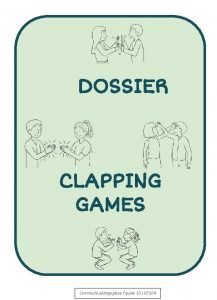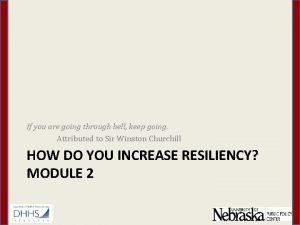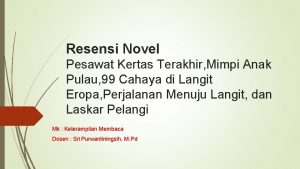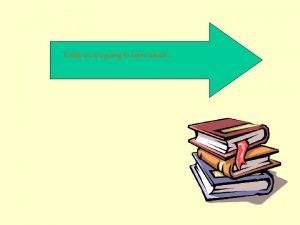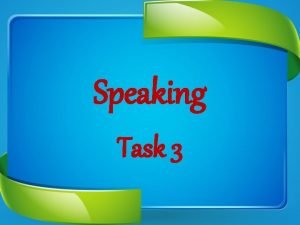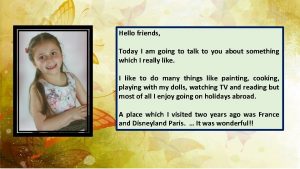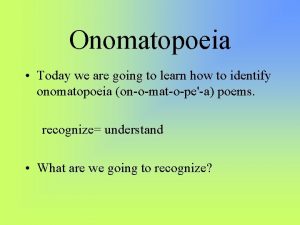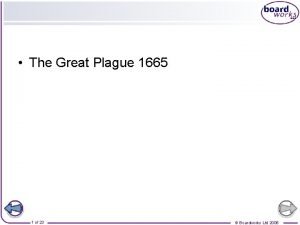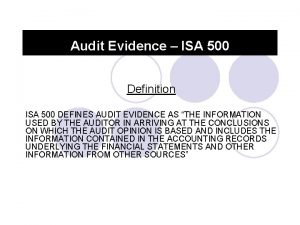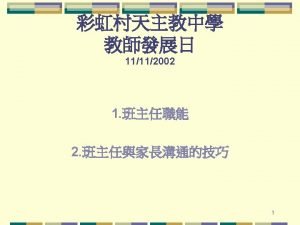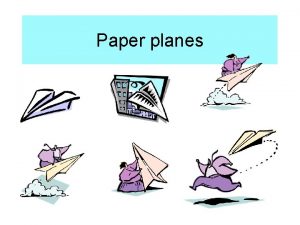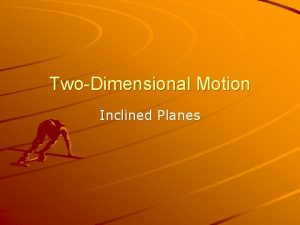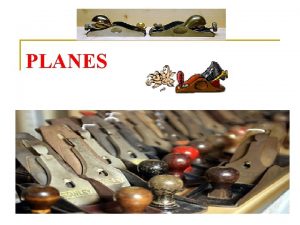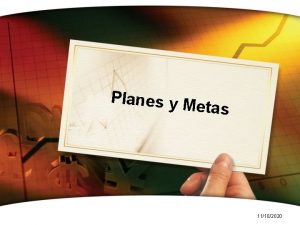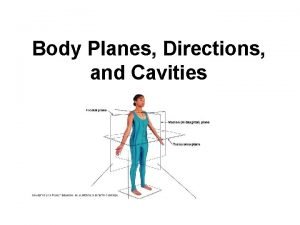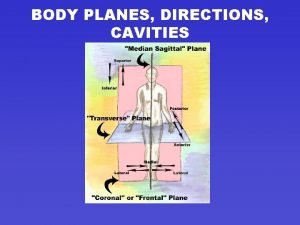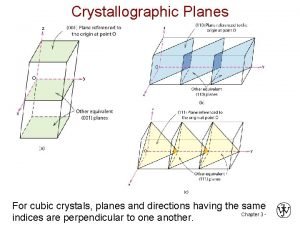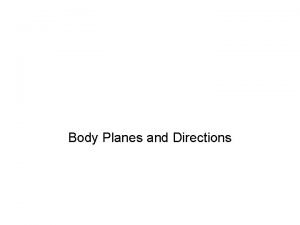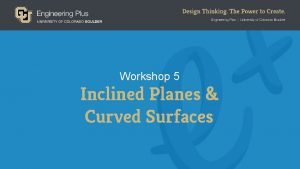Paper planes Paper planes We are going to


















- Slides: 18

Paper planes

Paper planes • We are going to be investigating paper planes! • This investigation might take a bit of time, so feel free to leave and come back to it later on or another day. • We will look at what design makes a plane go far and glide for a longer time. • You will need: • Paper (obviously!) • A timer if possible. • A tape measure if possible and an adult to help you with this.

Paper planes • First of all, I would like you to make the paper plane which is shown on the next two slides. • We are going to see how far it flies. • Whist you are making your plane, think about what makes a fair test. How do we make sure that when we perform an experiment, we make the results as accurate as possible?

Paper planes

Paper planes

Paper planes • Now we are going to test the plane to see 1. How far it travels 2. How long it glides for • We are going to record our findings. • To measure how far it has travelled a tape measure will be useful here. If you do use a tape measure, please let an adult help you with this! • If you don’t have a tape measure or can’t find an adult to help, then you can still measure in paces, or if you have the patience you could use a big ruler. • It would also be useful to have a timer to time exactly how long the plane is in the air for. If you don’t have one, you could try counting seconds.

Fair test • We need to make sure we always throw the plane from the same spot. • Try to use the same amount of force as you throw the plane. • Start the timer as soon as you release the plane and stop it as soon as the plane lands. • Measure the distance from where you threw it to where it landed. • We also need to record the results. • How could you do this?

Paper planes • Try using a table like the one below. • Throw the plane at least three times. Why do you think this is? • Remember, if you are using paces instead of meters, make sure you record this. • Try to be as accurate as you can. Flight number Flight 1 Flight 2 Flight 3 Distance (meters) Air time (seconds)

Paper planes • One last thing before you start the experiment. • Please be careful! • Throw your plane from the ground, not out of a high window. • Do not throw it near a road! • Ideally you do this in your garden, but if you wish to do this somewhere else like the park, please go with an adult. • Enjoy your experiment!

Paper planes • How did you find that? • Did you manage to record all of your data? • Optional task – I would like you to try and work out the mean value for your data. • If you don’t feel like doing this then you can skip past the next slide. • There is more information on mean values on the next page.

Paper planes • Do you remember what the mean is and how we calculate this? • To work this out we add all the numbers up and divide by how many of the numbers there were. • So if I threw a paper plane three times and it flew 4 m, 6 m and 2 m, I would calculate the mean by adding up the numbers (4 + 6 + 2 = 12) and then divide this by 3. So 12 ÷ 3 = 4 m • Have a go at working out the mean distance for your distance and air time. • If the numbers are quite difficult, then feel free to use a calculator.

Paper planes • Now I would like you to try a different design of paper plane! • I have found two different designs, it is up to you which one you make. You could also test both if you want! http: //www. viewpure. com/b. Hgly. Sr. R 5 vs? start= 0&end=0 http: //www. viewpure. com/ZP 2 NFPZULGs? start= 0&end=0

Paper planes • Got your new plane ready? • Before you test it, I’d like you to think for a minute back to how you can make your experiment fair. • Think about where you throw the plane from, how hard you throw it, and whethere is more or less wind now. • We need to try and keep everything the same, apart from the design of the plane. • One more thing on the next slide before you go off again!

Paper planes • I would like you to write a hypothesis! • A hypothesis is what you think will happen in your experiment. • So, do you think your new plane will fly further or not? Do you think it will glide for longer or not? • The important thing about a hypothesis is that it doesn’t matter if you are correct or not. • So, if you have got your hypothesis, your results table and your equipment, then time to start your experiment! • Finally, make sure you take all the same safety precautions as before.

Paper planes • How did that go? • Have a look at the data you collected and compare this to your other test. • You can work out the mean again if you like here. • Was your hypothesis correct? • Which plane flew further? Which plane had more air time? Why do you think this is? • Think about the design of the plane.

Paper planes • Now I would like you to try and design your own paper plane which will travel either further, or glide for longer (or both!). • Think about what features your paper plane might need to do either of these things. • Do you think it needs wider wings? More weight at the front? A more pointy design?

Paper planes • Once you have your plane, think about the experiment again. • What do we need to do to make this a fair test? • Remember we need to keep everything the same apart from the design of the paper plane. • Record your results and check to see how your plane did against the first two you tested. • Think about the design, and why some planes go further than others.

Paper planes • You have finished your experiment! • I hope you enjoyed it. • If you wish to continue trying out different designs then feel free to do so.
 Antigentest åre
Antigentest åre Lve
Lve Going through hell
Going through hell Apa itu sinopsis
Apa itu sinopsis English general paper paper 2 comprehension
English general paper paper 2 comprehension General paper essay topics
General paper essay topics Today we are going to learn
Today we are going to learn How did the vikings know where they were going
How did the vikings know where they were going Environment speaking part 3
Environment speaking part 3 Today i am going to talk about
Today i am going to talk about Zipper onomatopoeia
Zipper onomatopoeia Oh look how nice snow
Oh look how nice snow Plague doctor 1665
Plague doctor 1665 Whats going on in
Whats going on in Featuare
Featuare Eternal patrol poem
Eternal patrol poem What is the going concern assumption
What is the going concern assumption Where is jessica going answer
Where is jessica going answer Going l
Going l

